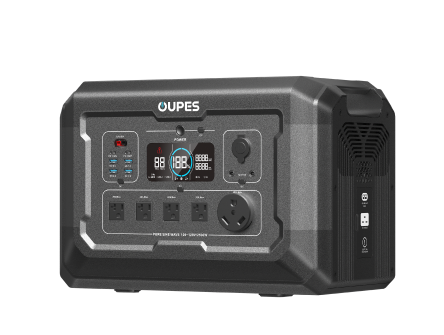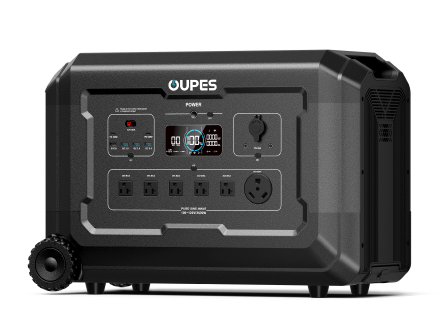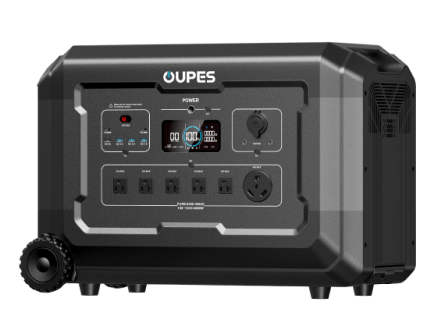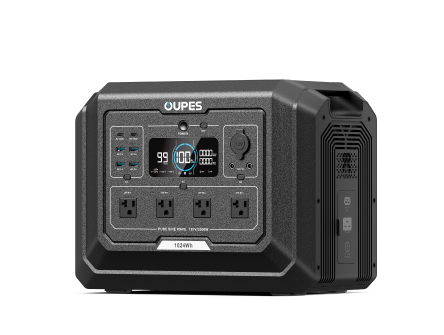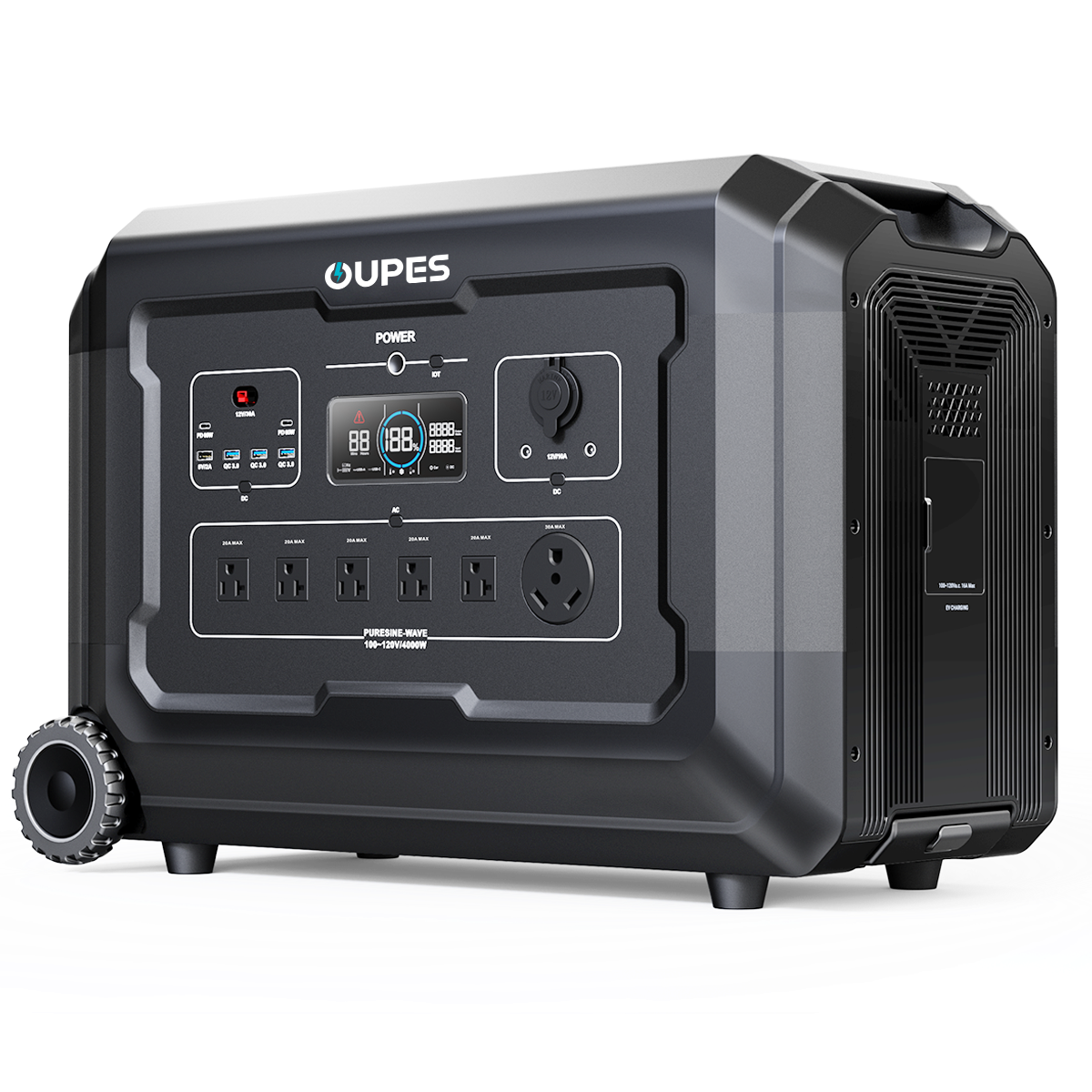
When a hurricane hits and the lights go out, your first concern might be safety—but soon after, your next question becomes: how do I cook without power? Keeping your family fed and safe with minimal resources is a skill worth learning. With the right preparation and tools, you can still enjoy hot meals and preserve your food during extended blackouts.
This guide will walk you through the most effective ways to cook during a hurricane power outage. Whether you're planning ahead or dealing with a sudden loss of power, these solutions can keep you going when the grid goes down.
Understanding the Risks and Challenges of Cooking During a Power Outage
Hurricane-related power outages often leave people without electricity for days, sometimes even weeks. In such scenarios, cooking becomes more than a convenience—it’s a survival skill. But there are unique risks to be aware of when preparing meals without power.
First, you need to consider food safety. Perishable items in your fridge and freezer begin to spoil quickly once the temperature rises above 40°F (4°C). According to the USDA, a refrigerator will keep food cold for about 4 hours if unopened, and a full freezer will maintain its temperature for roughly 48 hours. After that, you’re at risk of consuming unsafe food unless you have an alternative way to cook or preserve it.
Another challenge is safety while cooking. Using propane or charcoal grills indoors can lead to carbon monoxide poisoning. Even gas stoves can be risky if proper ventilation isn’t ensured. It’s vital to plan your cooking methods ahead of time and keep emergency fuel and cooking gear ready.
Finally, you need to think about water access. Some homes rely on electric pumps to deliver water, so if your pump goes down, you may not be able to cook pasta, rice, or other meals that require boiling water. Always store clean drinking and cooking water ahead of any major storm.
These challenges highlight the importance of having a hurricane cooking strategy that emphasizes safety, simplicity, and sustainability.
Best No-Cook and Low-Cook Meals for Emergency Situations
When electricity is unavailable, your ability to cook complex meals becomes limited. That’s why having a selection of no-cook and low-cook meal options is essential during a hurricane-induced blackout. These meals should be shelf-stable, easy to prepare, and require little to no water or heat.
No-cook meals can be just as nutritious and satisfying as hot meals if you plan them well. Think along the lines of canned beans, tuna, nut butters, granola, dried fruit, trail mix, and crackers. A simple meal could be peanut butter spread on whole-grain crackers with a side of canned fruit and a protein bar. These ingredients don’t require refrigeration and can keep you full and energized throughout the day.
Low-cook meals can be made using minimal heat sources such as a small gas stove, a butane burner, or a solar-powered electric cooker. Some good options include oatmeal made with heated water, soup from canned broth and vegetables, or rice with canned beans and spices. All of these require minimal cooking time and can be made with very little fuel.
Another great option is using foil packets. You can pre-assemble foil meals with veggies and canned meat, then cook them over a safe outdoor heat source. Just be sure the area is well-ventilated and not indoors.
Stock your pantry ahead of hurricane season with these versatile ingredients. Creating a meal plan for emergencies can help reduce stress and make sure you’re getting the right nutrients when resources are scarce.
Portable Cooking Devices and Emergency Fuel Options
If you're planning for hurricane season, investing in portable cooking devices is one of the smartest moves you can make. When the grid goes down, these tools become invaluable for cooking safe, warm meals. The key is choosing gear that’s both safe and versatile.
One of the most reliable tools is a portable gas stove that uses propane or butane cartridges. These are compact, easy to store, and offer strong heat output. But you must always use them in a well-ventilated outdoor area to avoid carbon monoxide buildup. A wind guard is also helpful to maintain flame efficiency during stormy conditions.
Solar-powered cooking equipment is becoming more popular, especially in conjunction with solar generators. Brands like OUPES offer solar generators that can power electric hot plates or portable induction cooktops. This option is completely renewable and safe for indoor use, making it ideal when weather conditions make outdoor cooking risky.
Camping stoves and alcohol burners also serve as good backups, though they may not offer the same temperature control. Emergency cooking kits often include Sterno fuel cans, which provide low, steady heat for warming soups or ready-to-eat meals (MREs). While not ideal for full cooking, they can still make food more palatable.
When planning your emergency cooking kit, include:
- A portable stove with multiple fuel options
- Extra propane or butane canisters
- Solar generator and electric hot plate
- Manual can opener
- Heat-resistant cooking utensils
Being prepared with the right equipment gives you peace of mind and helps you maintain comfort and routine during difficult times.
Using Solar Generators to Power Cooking Appliances Safely
Solar generators have become one of the most reliable tools for emergency preparedness. Unlike gas-powered options, solar generators operate quietly, don’t emit fumes, and can be used indoors. If you’re looking to cook safely during a hurricane power outage, investing in a high-capacity solar generator like those from OUPES can be a game-changer.
These units can store significant amounts of energy, enough to run cooking appliances like electric griddles, induction cooktops, microwaves, or even small ovens. When paired with portable solar panels, they become a fully renewable energy source that keeps recharging throughout the day—even under cloudy skies, albeit more slowly.
For example, an OUPES solar generator with a 3,600W capacity and a 3kWh battery can support multiple small kitchen appliances throughout the day. This allows you to safely cook indoors without the danger of open flames or fuel shortages.
Using a solar generator for cooking also requires some energy planning. Prioritize your energy use by running one appliance at a time and turning off devices when not in use. Many solar generators come with display screens that help you monitor output and remaining battery life so you can cook without worrying about unexpected shutdowns.
Keep in mind that not all appliances are compatible with solar generators. Avoid devices with high surge power needs unless your generator is rated to handle them. Stick to efficient cooking tools that heat quickly and evenly, such as induction cooktops or small air fryers.
Incorporating solar into your hurricane prep plan offers long-term benefits, from resilience during outages to reduced dependence on fossil fuels. It’s a smart, sustainable choice for any household.
Smart Food Storage and Cooking Tips to Stretch Your Supplies
Cooking during a power outage isn’t just about heat sources—it’s also about how you manage and stretch the food you have. Strategic food storage and smart cooking methods can help you make the most of your limited resources until the power returns or help arrives.
First, implement the "eat what’s thawing" rule. Begin with items from your refrigerator, then move to the freezer. Cook and consume perishables early to avoid waste. If you have a solar-powered cooler or generator-powered fridge, use it to keep your most valuable items cold for as long as possible.
Batch cooking can be an effective way to prepare meals efficiently. Use your heat source to cook multiple servings at once, then store them in insulated containers. This saves fuel and reduces the number of times you need to set up your cooking station.
Minimize water use by choosing dry foods that rehydrate quickly or by using the water used for boiling to cook other ingredients. For example, pasta water can be repurposed for soup, or used to pre-soak beans or oats. If you’re limited on water, avoid foods that require rinsing or prolonged boiling.
Consider portion control to ensure your food lasts longer. It might be tempting to eat a large portion when stressed, but rationing your meals ensures everyone in your household gets enough over several days.
Lastly, don’t forget sanitation. Use hand sanitizer, disinfectant wipes, and sealed bags to keep your cooking space clean. Contamination during a blackout can lead to foodborne illnesses, which are harder to treat when resources are limited.
Conclusion
Cooking during a hurricane power outage presents real challenges—but with the right tools and knowledge, it’s entirely possible to stay well-fed and safe. From no-cook meals to solar-powered cooking solutions, being prepared gives you the confidence to weather any storm.
With a dependable solar generator like OUPES, shelf-stable ingredients, and smart cooking habits, you can maintain normalcy even when the power is out. Prepare ahead, stay safe, and know that your next hot meal is never too far away—even when the grid is down.

